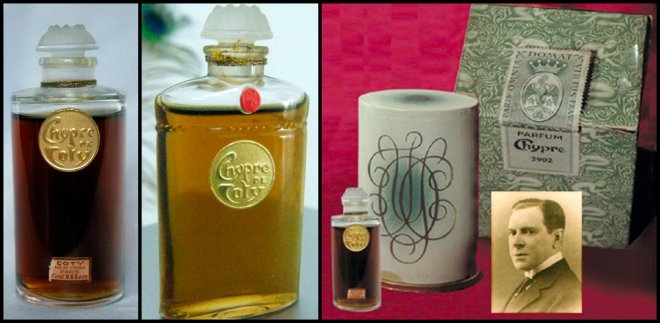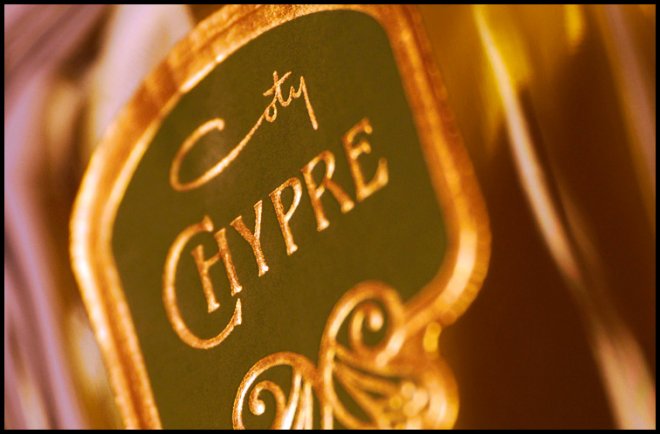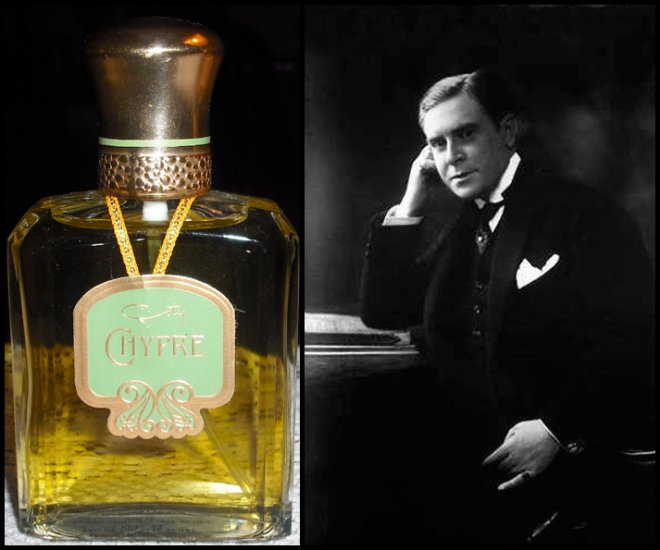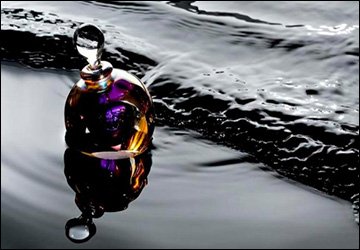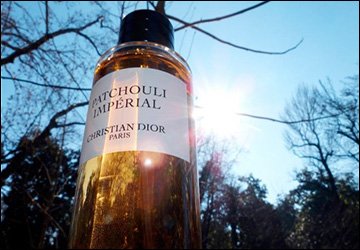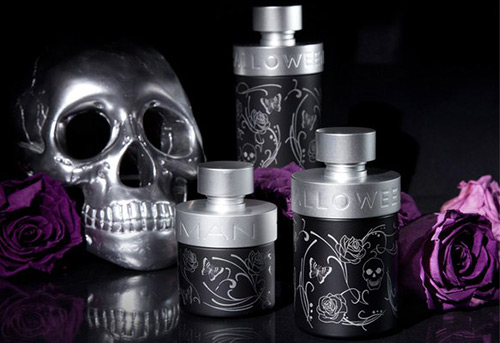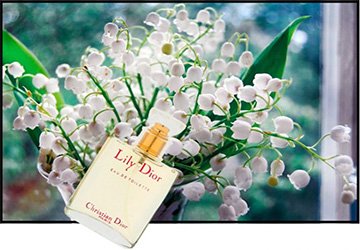Perfumery
Chypre fragrances
There are smells that often do not exist in nature, and sometimes it is difficult to describe them. Then they talk about fantasy perfumery. In 1917, François Coty was the first to combine natural and artificial scents. A composition was developed, which he called "Chypre". This cologne was the progenitor of fantasy perfumery. The success of "Chypre" was so amazing that later in perfumery he became the head of a family that included the smells of oak moss, patchouli, cistus, bergamot, labdanum. The smell of "Chypre" is original and not found in nature. At first, its smell was attributed to masculine fragrances, and then, adding floral-herbaceous aromas (oil roses, jasmine, petitgrain, carnation, etc.) have also received women's fragrances.
Chypre fragrances by Francois Coty
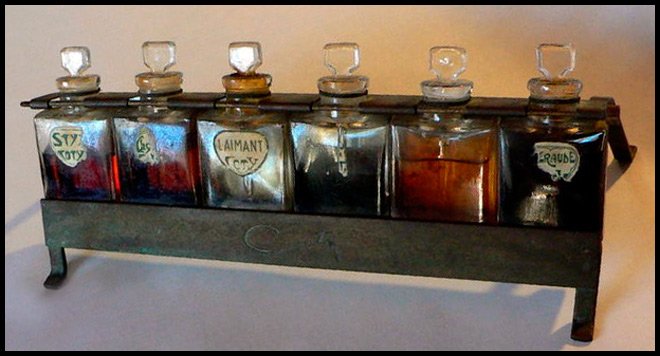
The most successful combination of essential oils with synthetic components, which vividly characterizes the generally recognized chypre ensemble, is a combination containing lemongrass, bergamot, geranium, orange, patchouli oils, elemi oil, jasmine (composition), oak moss resinoid, vetiverol, methylnylonylacetate, linera , coumarin, heliotropin, aldehyde C11, amber musk.
The family of chypre fragrances can be classified into:
directly chypre,
woody chypre,
floral chypre,
chypre floral-aldehyde,
chypre fruit,
chypre with a scent of greenery,
leather-chypre.
The rich gamut of chypre accords is imbued with forest, earthy and autumnal fragrances, but they also have a different sound, a different atmosphere. The chypre note of perfume also includes exotic aromas: patchouli, vetiver, santal, ylang-ylang, pepper, cloves, myrrh, musk, tsivet, and many, many others.
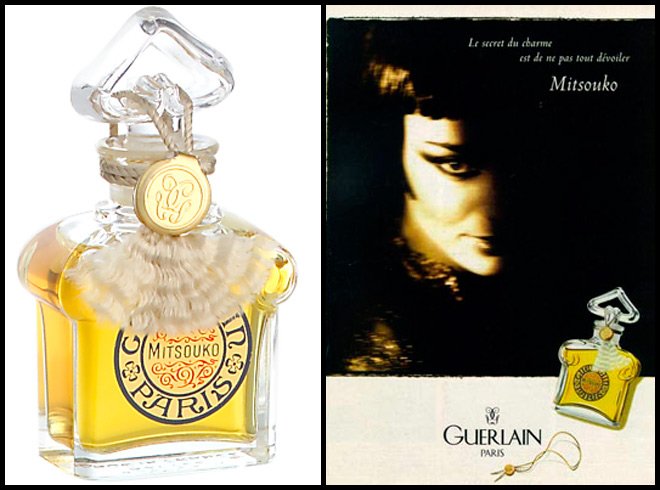
Russian perfumer Konstantin Verigin, studying chypre notes, discovered in them the entire aromatic range of the Christmas tree. This fragrance, familiar from childhood, is especially pronounced in some of the most famous fragrances: in Chypre by Coty, Mitsouko by Guerlain, Fruit Vert by Florel, Cr? Pe de Chine by Millau, in Rumeur »From Lanvin... A chypre warm aroma, subtle and light fragrance is felt in these perfumes. But each of them has its own character, its own sound. In the ingenious "Chypre" from Coty, accords of fragrant jasmine on a civet-amber base are heard, the famous "Mitsouko" from Guerlain envelop with fruity freshness and spice, "Cr? Pe de Chine" from Millau is fragrant with a bouquet of roses and carnations against the background of the scent of precious trees, the sonorous charm of the lily of the valley magician in the breath of forest aromas is felt in “Fruit Vert” from Florel, bright fruit sound is heard in “Rumeur” from Lanvin against a fragrant animal background.
The success story of each fragrance has its own reasons and, of course, secrets. Here, for example, in "Mitsouko" from Guerlain. "Mitsouko" is translated into Russian - "Mystery". What is the secret here? Maybe in the charm of the fragrance of the scent? Or the secret of that beautiful Japanese woman whose image hides the scent?
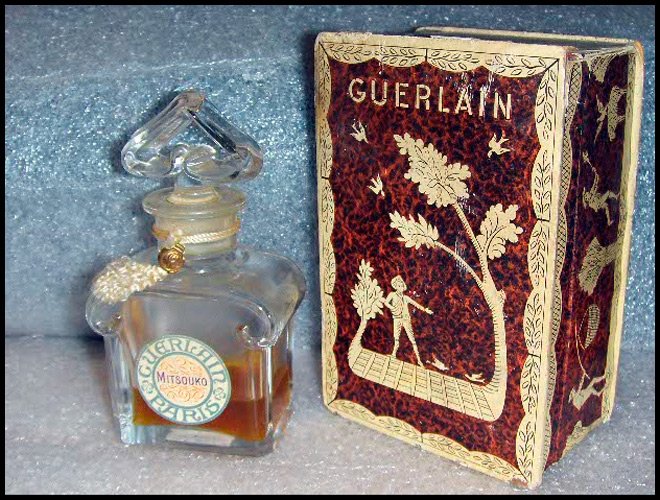
The First World War is over - universal joy, joy of continuing life, joy of new life. The Russian opera Madame Butterfly shines at the Grand Opera, Paris is read by Claude Farrer's novel The Battle, which describes the love story of the beautiful Japanese woman Mitsuko, the wife of a Japanese admiral, and a young British officer. Their love was ardent and selfless, but short. In a sea battle, both the husband and the handsome lover perish. Mitsuko wears white mourning clothes for the rest of his days. But no one ever found out for whom she was in mourning. It was her secret.
This mystery, dressed in a chypre scent, in which a combination of jasmine, rose, peach, oakmoss, vetiver, cedar, ambergris and spices, has won women's hearts for 80 years with its exciting and mysterious notes.
"Mitsouko" not only conquered with its secret, but also became a kind of emblem of the Guerlain House, its pride.
Comments and Reviews
Add a comment
Rating news
Shades of clothing that make women look younger
What shades of hair make women younger: rules and photos
Funny wedding dresses - photos and ideas
12 most expensive down jackets for the winter
How to look 25 at 40: tips from supermodels
Beautiful schoolgirls
Anti-aging haircuts and hairstyles for women
Fashionable skirts for autumn and winter
Fashionable women's trousers for the cold season
Fashionable and stylish sandals for summer 2024
Spring-summer 2024
 Fashionable dresses and tops with thin spaghetti straps
Fashionable dresses and tops with thin spaghetti straps
 Bandana tops: how to wear stylishly and beautifully
Bandana tops: how to wear stylishly and beautifully
 How to put together the perfect men's wardrobe for the summer
How to put together the perfect men's wardrobe for the summer
 Fashionable shorts for spring-summer 2024
Fashionable shorts for spring-summer 2024
 Fashionable skirts for spring-summer 2024: a guide to online shopping
Fashionable skirts for spring-summer 2024: a guide to online shopping
 The most fashionable dresses spring-summer 2024: styles and colors
The most fashionable dresses spring-summer 2024: styles and colors
 Fashionable total look 2024: ideas of images and trends
Fashionable total look 2024: ideas of images and trends
